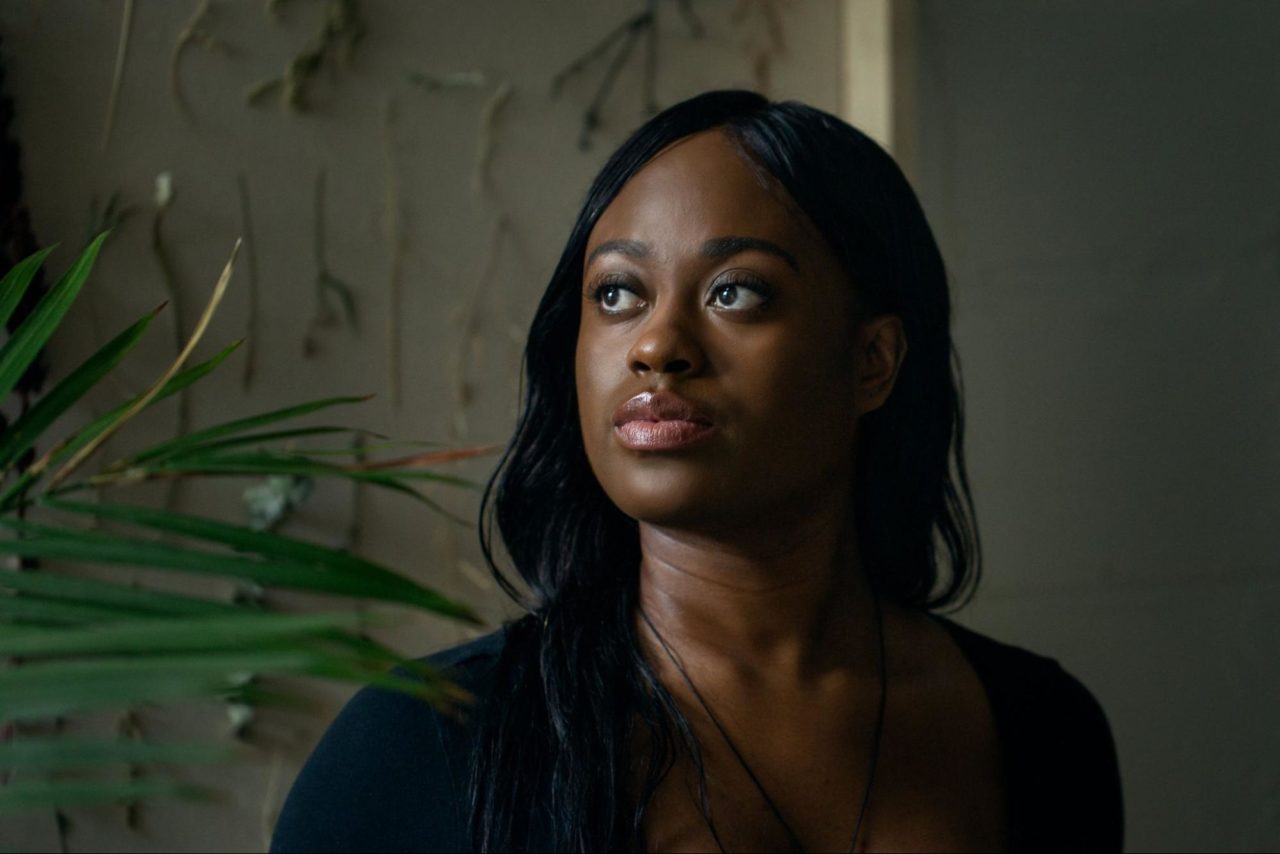If there is one thing Black women have a shared experience of, it’s getting their hair pressed as a child. Back in the day, sitting in between your mother’s legs or at the salon once every two weeks was a rite of passage. Now, many Black women experience a different type of maintenance with their hair. The silk press method is a relatively new category when it comes to getting your hair pressed.
The silk press and the throwback press from the 90’s both have one goal: Straighten that hair. The techniques, however, are vastly different.
The ’90s Technique
The development of hair tools that actually served kinkier and curly hair types has been long in the making. Back in the 90’s, the tools that were accessible were effective but weren’t always the easiest methods.
The press back in the day always started with a simple wash and condition. Mothers and beauticians would scrub the scalp down and leave it squeaky clean.
From there, you’d get your hair blow-dried, typically using a comb attachment. They would always make sure the entire head is dry and combed all the way through. Sometimes, if the hair was long enough, it would be done in this state.
Next up is the scalp greasing. This process made sure your scalp was thoroughly nourished with a preferred hair grease. There have been some theories that say greasing your scalp just clogs pores, but mothers and beauticians swore by the hair grease. In the end, all of the products used in the ’90s press did end up weighing the hair down, but left it sleek and shiny.
Up next is the hot comb. The hot comb was typically heated up on a stove. This was a great way to control the temperature of heat, which could make or break the style. Controlling the hot comb’s temperature was also a great way to prevent heat damage.
Some people would stop after the hot comb. Some would like to jazz it up by bumping the ends, which just meant to curl the bottom of the hair downward or upwards.
The Silk Press
Similar to the ’90s press, the silk press starts out the same. Wash, condition, and then blow dry.
Typically beauticians don’t grease the hair. Instead, they use a hair oil to moisturize the scalp. Oil is a much more lightweight way to nourish the hair and scalp and does not affect the hair’s final result.
The next step is adding a heat protectant. The silk press is often known to use a lot of heat, so it is important to protect the hair as best you can. Then beauticians use the ceramic flat iron.
Ceramic flat irons can be set to a certain temperature which makes it easier to be a bit more precise with the amount of heat that is delivered to the hair. The flat iron also allows stylists to glide through the hair and add curls that are less abrasive, leaving you with a more natural “bump” on the ends of your hair rather than one that looks a bit forced.
The development of the silk press has come a long way. New techniques and cutting-edge technology allow for a more precise style achieved in less time. However, the throwback press is a part of every Black woman’s experience, making it a staple from childhood.
